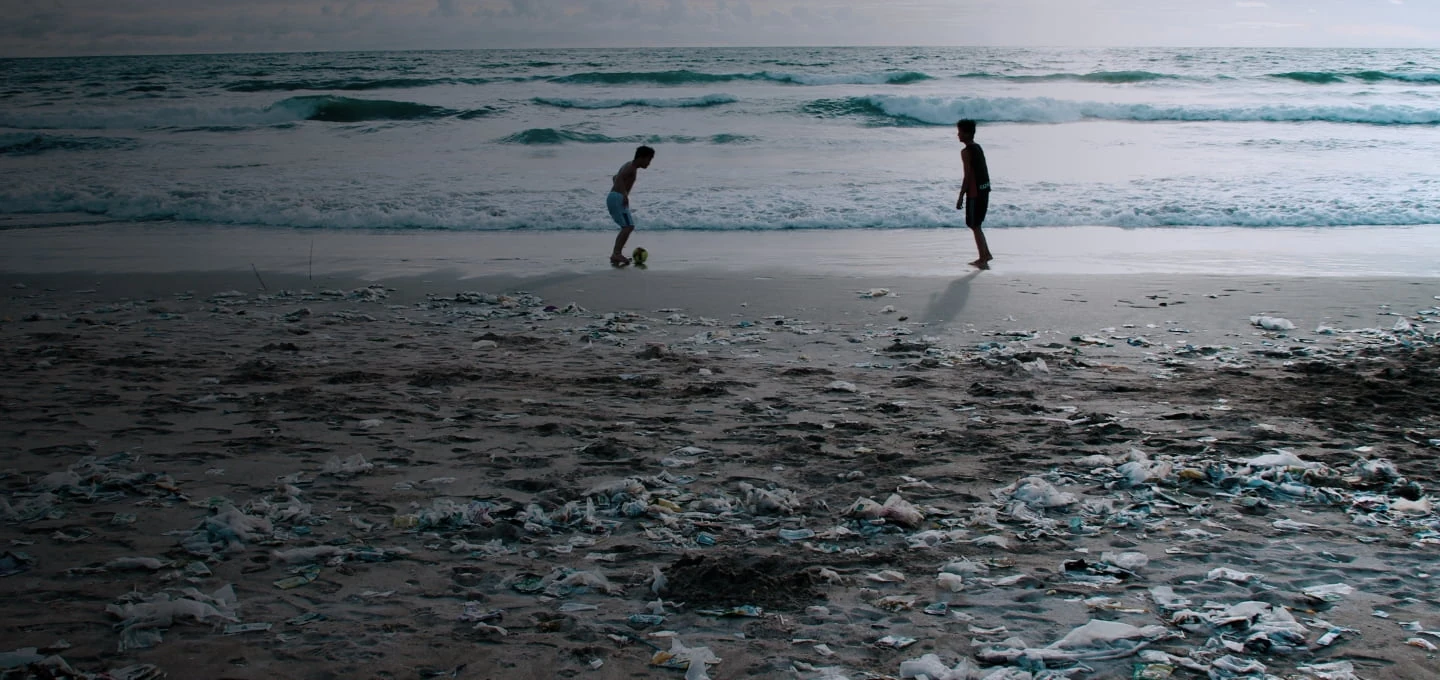Over 300 million tons of plastic is produced every year, and that amount is expected to triple by 2050. Plastic can be convenient for things that need to last, but all too often, the plastic we use has a short lifecycle and it ends up in the wrong place. Furthermore, when disposed, littered, and even in use, plastic degrades into microplastics. Those tiny particles last forever, accumulate in the nature and cause a serious health threat to animals and humans. Currently, on average, we ingest 5 grams of microplastics a week, the equivalent of a credit card. Microplastics run through our veins and our lungs.They have even been discovered in the placentas of unborn babies.
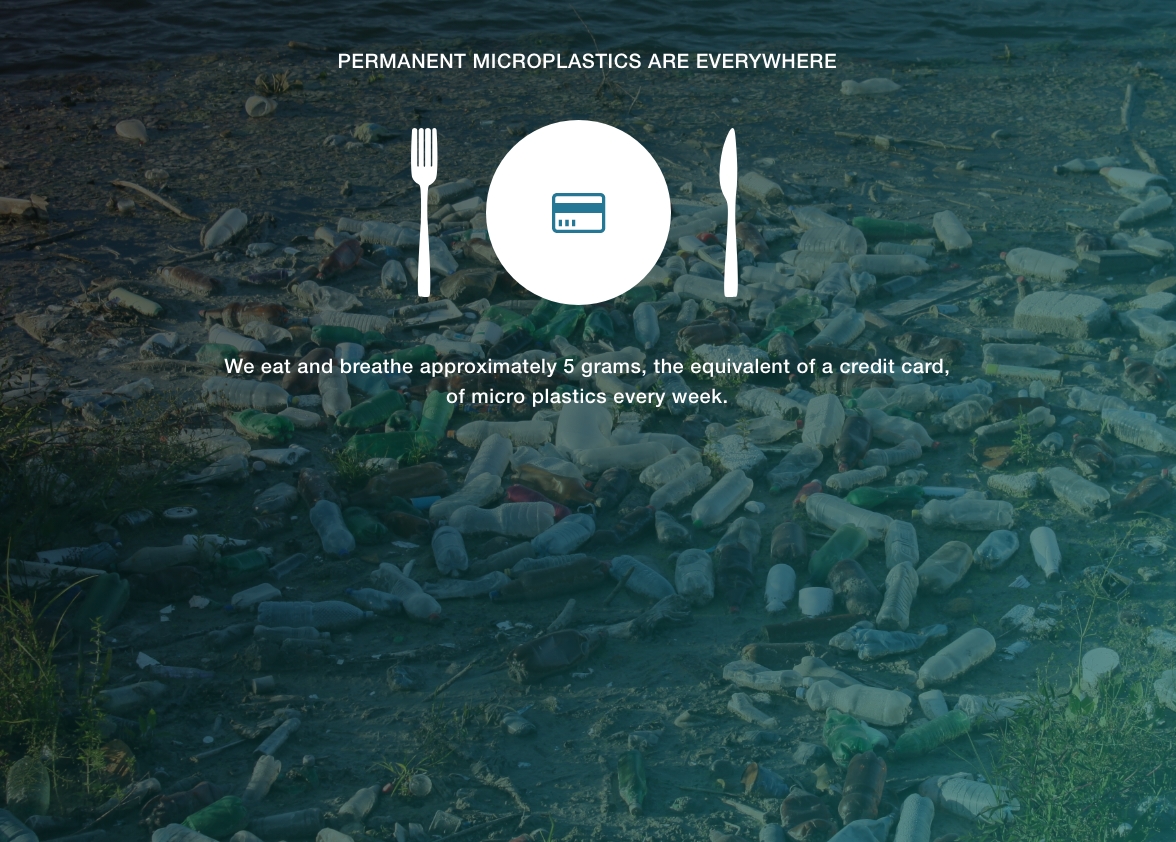
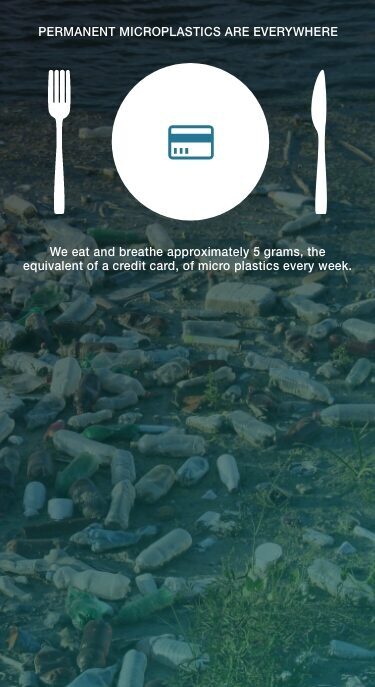
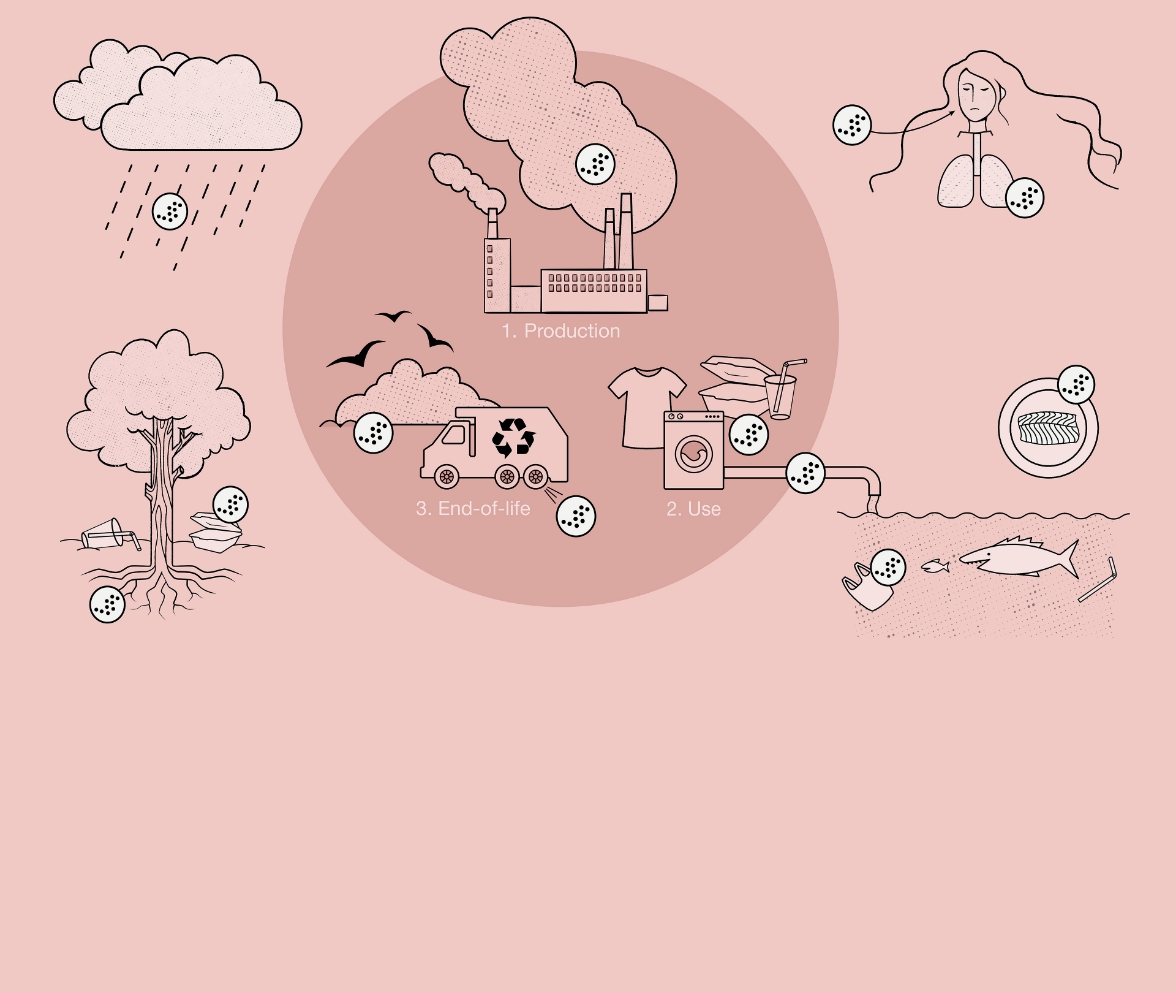
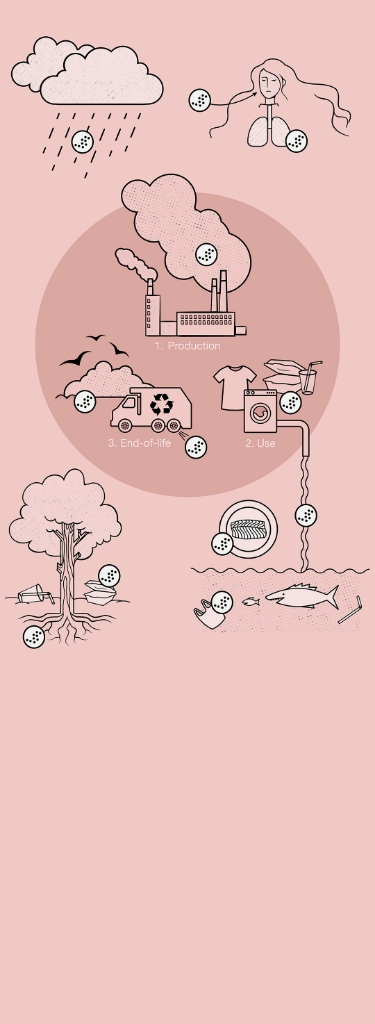


Renewables to rescue
At Sulapac, our dream is to leave a clean planet to our children. Our design practice is to mimic nature, to stay in harmony with it. Sulapac materials are made of plant-based binders, responsibly sourced wood from industrial side streams or naturally occurring clay minerals. All Sulapac materials biodegrade into CO2, water and biomass without leaving toxics nor permanent microplastics behind in a similar time frame as natural wood. Naturally occurring microorganisms can digest them.
Join our mission today. Together we can save the world from plastic waste.
Learn more
Get to know our beautiful, functional and truly sustainable materials designed to tackle the microplastic problem.
Further reading on microplastics
Dietary and inhalation exposure to microplastics and its impact on health
The World Health Organization’s report summarized the scientific knowledge on human exposure to micro- and nanoplastics and its potential associated health risks.
Microplastics cause damage to human cells
Toxicological impacts of microplastic exposure in human cells have been identified.
Microplastics in the placentas of unborn babies
Scientists discovered evidence of microplastics in human placenta.
Microplastics in human breast milk
Scientists found microplastics in human breast milk. They are concerned over potential health impacts of chemical contaminants on babies.
Microplastics in human blood
Scientists discovered plastic particle pollution in human blood.
Microplastics in human lung
Scientists found microplastics in human lung tissue.
You eat the equivalent of a credit card of microplastics a week
Currently, people ingest approximately 5 grams of microplastics every week.
Bottle-fed babies swallow millions of microplastics a day
Exposure also affects plastic food containers, a study shows.
People eat 50.000 plastic particles a year
Scientists evaluated the number of microplastic particles commonly consumed.
Ecologically dangerous threshold of microplastic in the ocean
Growth in plastic pollution causes significant ecological risks as ocean plastic pollution quadruples by 2050.
Microplastics in the deepest part of the world’s ocean
Study shows that microplastics contaminate the deepest part of the world’s ocean
Microplastics on Mount Everest
Study found microplastic in snow and stream water samples on Mt. Everest.
Microplastics in the high-altitude Himalayas
Study found significant microplastic pollution of freshwater lake in the Himalaya.
Microplastics health effects
Microplastics have spread all over the planet. This has severe consequences for both the environment and human health.
Plastic recycling can’t solve microplastics problem
Recycling plastic isn’t enough for solving the microplastics crisis. Read our blog to learn the four Rs that can lead us towards a more sustainable future.
Defining plastic
Update the way you conceive of plastic in order to make better consumer choices.
Contact us
Replace conventional plastic with the beautiful, functional and sustainable Sulapac material. We will help you to make the switch smoothly.
